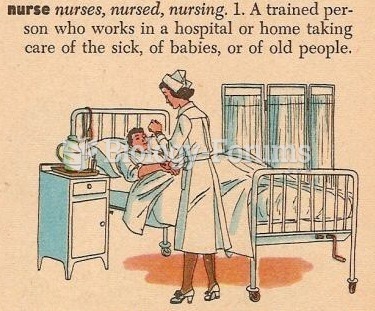|
|
|
Hippocrates noted that blood separates into four differently colored liquids when removed from the body and examined: a pure red liquid mixed with white liquid material with a yellow-colored froth at the top and a black substance that settles underneath; he named these the four humors (for blood, phlegm, yellow bile, and black bile).
Egg cells are about the size of a grain of sand. They are formed inside of a female's ovaries before she is even born.
Fungal nail infections account for up to 30% of all skin infections. They affect 5% of the general population—mostly people over the age of 70.
Bacteria have flourished on the earth for over three billion years. They were the first life forms on the planet.
Most childhood vaccines are 90–99% effective in preventing disease. Side effects are rarely serious.







